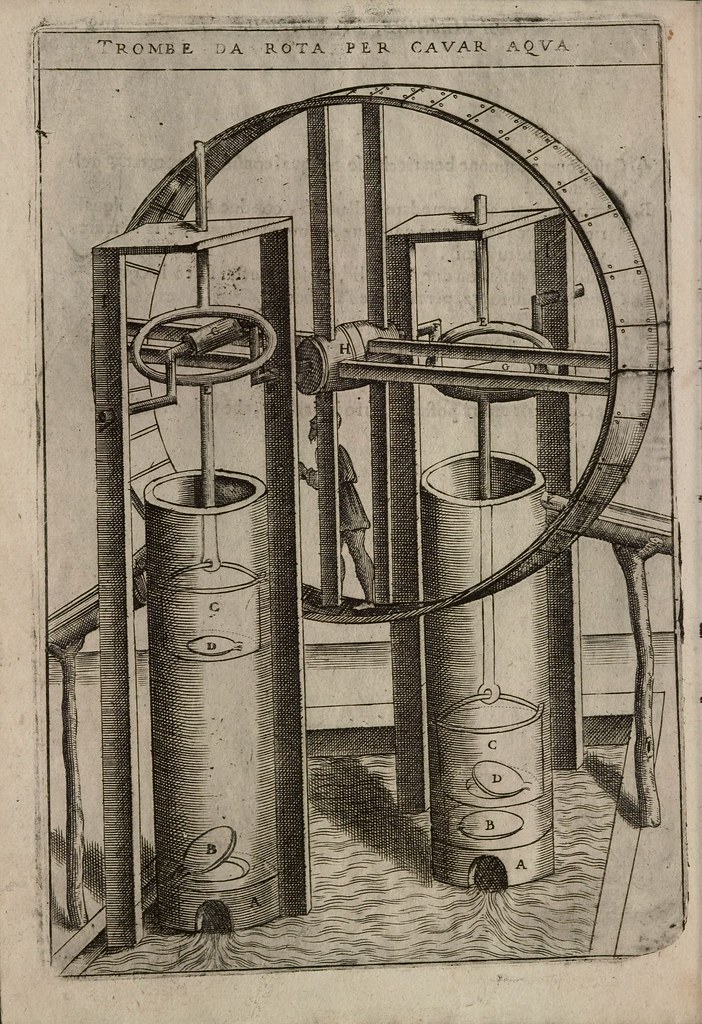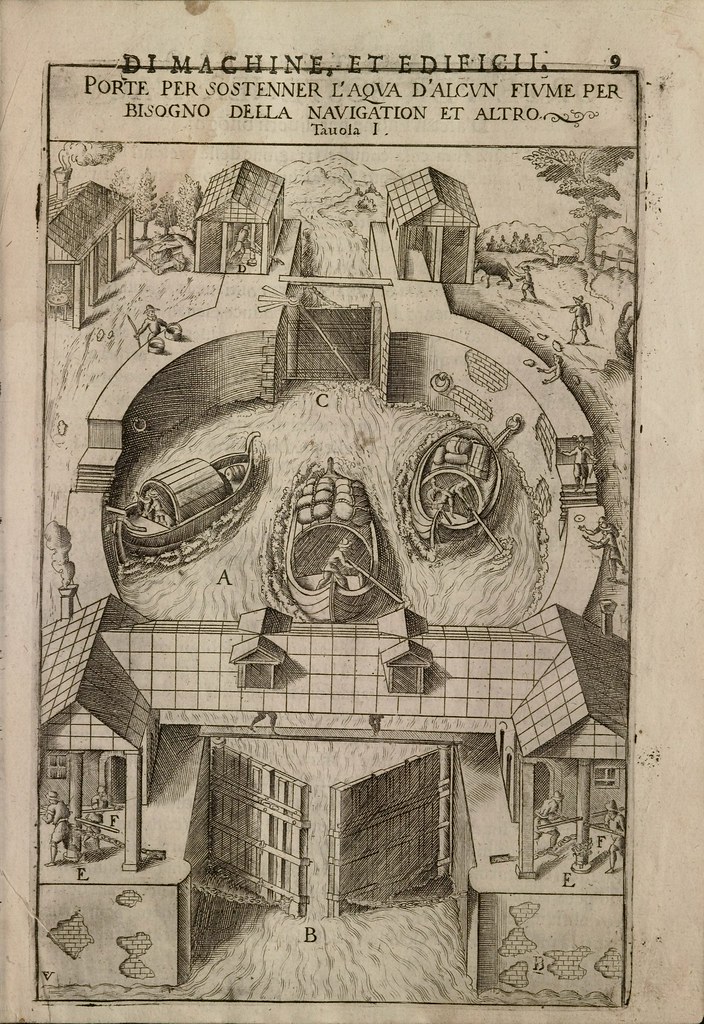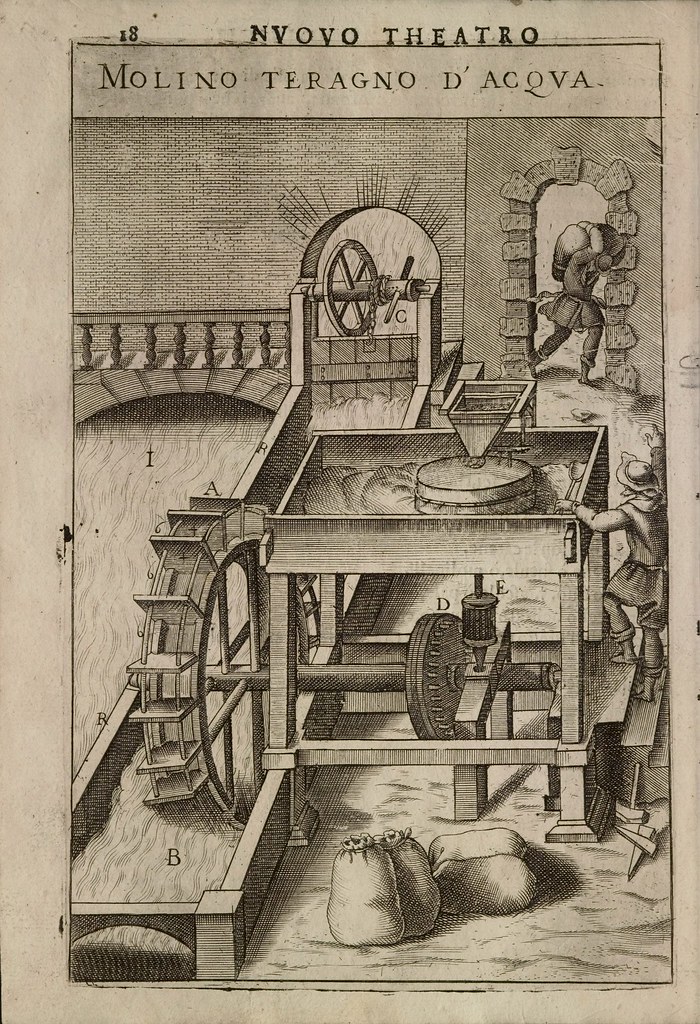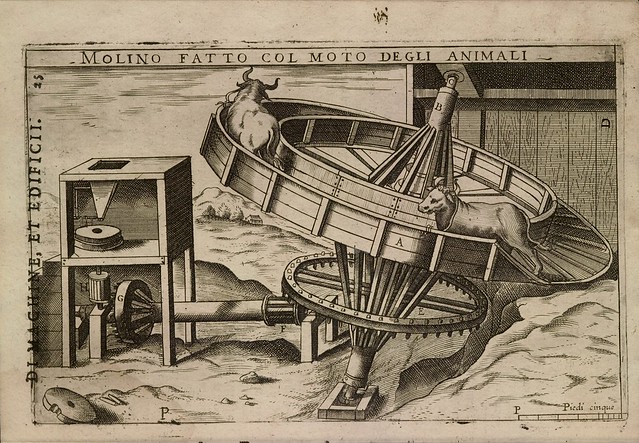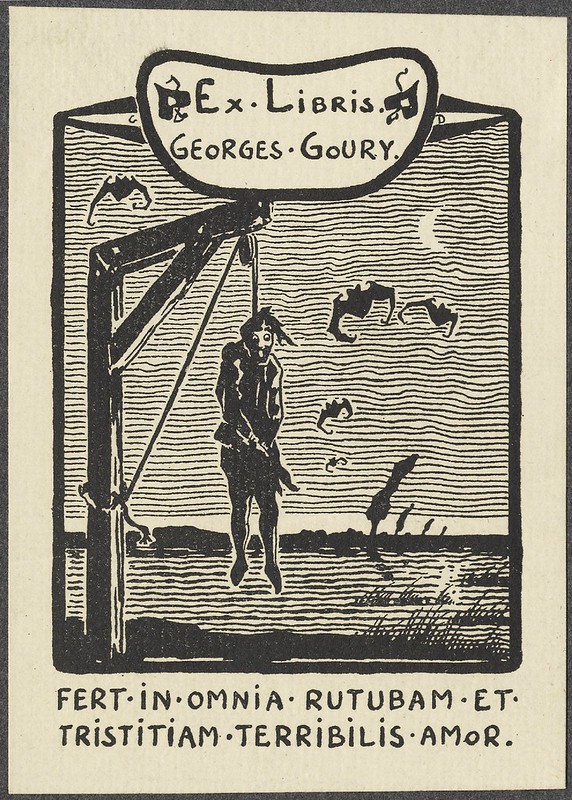 |
| "Fert in omnia rutubam et tristitiam terribilis amor" (In all thing terrible love brings trouble and sadness") |
Ex-libris
[Latin, "from the books of..."], is usually a small print or
decorative label pasted into a book, often on the inside front cover, to
indicate its owner. (…continues
on Wikipedia very complete article this time, link provided here…)
Also known as “bookplates”, the
earliest known marks of ownership of books or documents date from the reign of
Amenophis III in Egypt. I was always very curious about ex-libris and even have
my own digital modest “webplate” or web-ex-libris (attached below on this post, last position).
But I finally discovered a
couple of days ago a huge collection at University of Illinois at Urbana-Champaign. There’re around 388 pages with at least 20 –or so- different
bookplate in the John Starr Stewart Collection
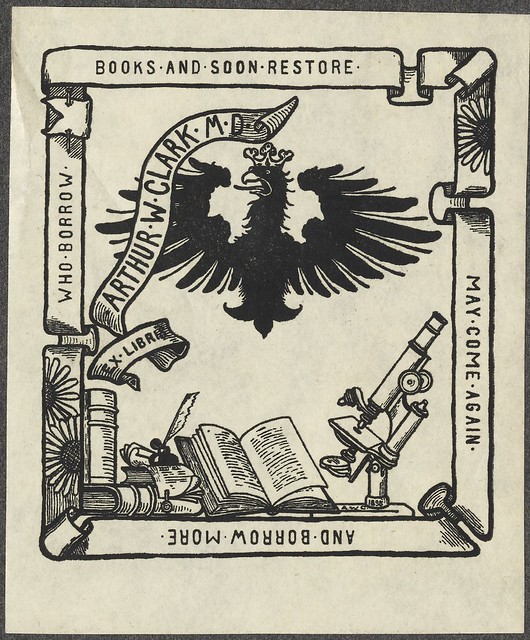 |
| Arthur Wellington Clarke ex-libris: "Who Borrow Books and Soon Restore May Come Again and Borrow More" |
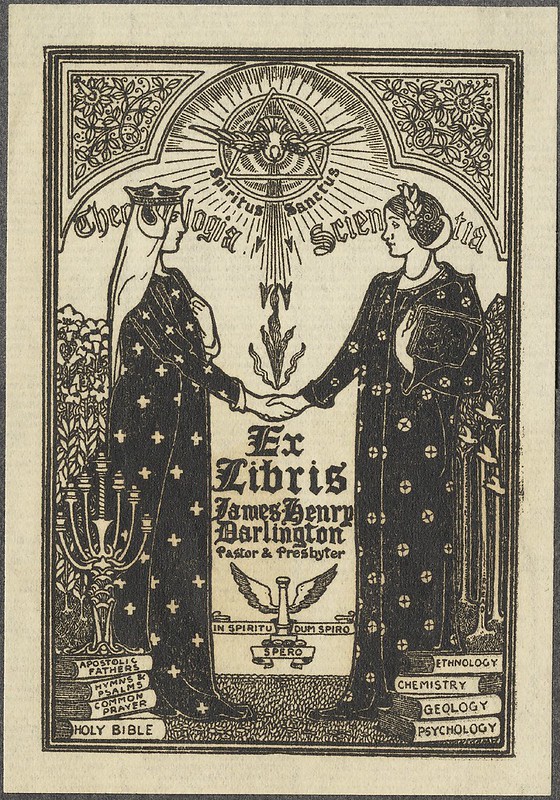 |
| (Theology and Science) shake hands under symbol of the Holy Spirit |
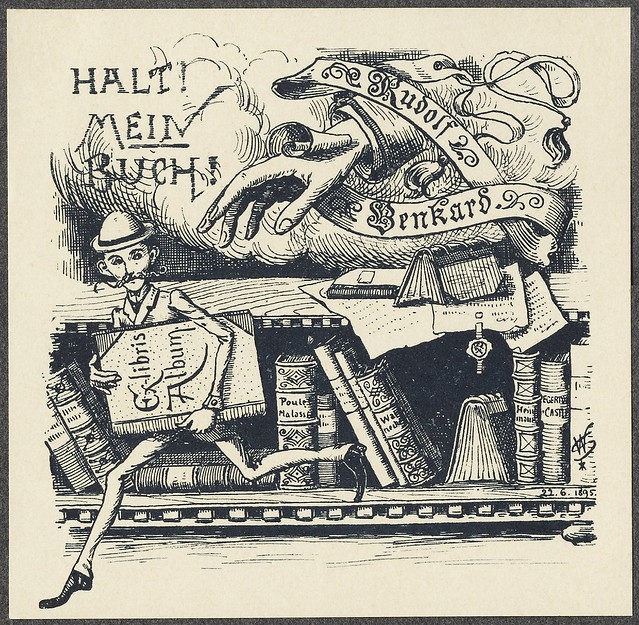 |
Halt! Mein Buch!
Stop! My Book!
|
 |
| World of Books is the most remarkable creation of man... Found this nice motto at Bookplates - ex libris design & art |
Other External references:
- Exlibris museum... crazy project, no comments :) & link provided...
-
Bookplates - ex libris design & art!: Ex Libris owners and collectors can offer their Ex Libris for sale or exchange at this webpage...2 examples below :::


Last position for the facsimilium project ex-libris:::
 |
| Quantum est quod nescimus (How little we know) is the motto for facsimilium exlibris (Creative Commons Attribution) |


